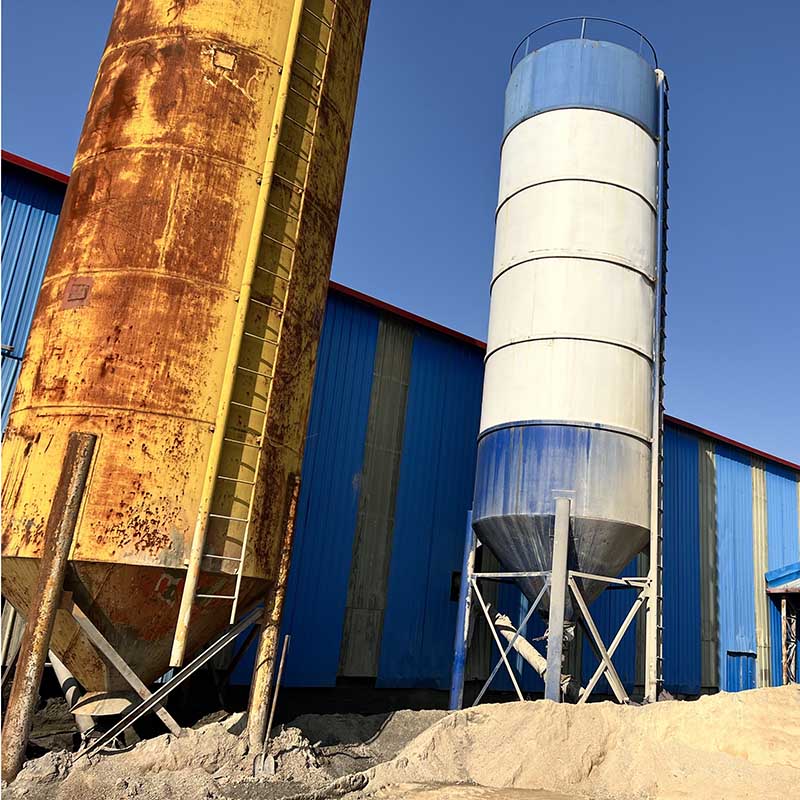
Image source:Aiwei block machine
Introduction
In the construction industry, large-scale projects require efficient and cost-effective methods of production to meet the demands of tight schedules and budgets. Brick making machines have emerged as a valuable tool in this regard, offering significant advantages over traditional brick-making methods. These machines streamline the brick production process, increase productivity, and reduce labor costs. In this article, we will explore the cost-effectiveness of brick making machines in large-scale construction projects, examining the key factors that contribute to their financial benefits.
Increased Production Efficiency
One of the primary advantages of brick making machines is their ability to enhance production efficiency. Traditional brick-making methods involve manual labor, which can be time-consuming and labor-intensive. Brick making machines automate the process, allowing for continuous production and higher output rates.
These machines have the capacity to produce a large number of bricks per hour, depending on the model and specifications. This increased production efficiency translates into substantial time savings, enabling construction projects to progress at a faster pace. By reducing the time required for brick production, brick making machines contribute to the overall cost-effectiveness of large-scale construction projects.
Labor Cost Reduction
Brick making machines significantly reduce the need for manual labor in the brick-making process. In traditional brick-making methods, a considerable number of workers are required to mold, shape, and stack bricks. This labor-intensive process adds to the overall project costs.
By using brick making machines, construction projects can reduce labor requirements and associated costs. These machines perform tasks such as mixing the raw materials, molding the bricks, and stacking them automatically. The reliance on manual labor is minimized, leading to reduced labor expenses and increased cost-effectiveness.
Material Savings
Brick making machines optimize the use of raw materials, resulting in material savings. These machines utilize precise measurements and consistent mixing techniques to ensure uniformity in brick production. As a result, there is minimal wastage of materials, such as clay or concrete, during the brick-making process.
Moreover, brick making machines often employ molds that allow for the production of bricks with specific dimensions and shapes. This feature eliminates the need for additional cutting or shaping of bricks, reducing material wastage further. The efficient utilization of raw materials achieved by brick making machines leads to cost savings and enhanced cost-effectiveness in large-scale construction projects.
Quality Control and Consistency
Brick making machines offer superior quality control and consistency in brick production. These machines operate based on preset parameters, ensuring uniformity in size, shape, and strength of the bricks. Traditional brick-making methods, on the other hand, can result in variations in brick quality due to human error and inconsistent manual processes.
Consistent brick quality is essential in large-scale construction projects to ensure structural integrity and aesthetic appeal. The use of brick making machines minimizes the risk of defects and inconsistencies, reducing the likelihood of rework or replacements. By producing high-quality bricks consistently, these machines contribute to the cost-effectiveness of construction projects by minimizing material wastage and rework expenses.
Versatility and Adaptability
Brick making machines offer versatility and adaptability, making them suitable for a wide range of construction projects. These machines can produce various types of bricks, including solid bricks, hollow bricks, interlocking bricks, and paving bricks. They can also accommodate different raw materials, such as clay, concrete, or fly ash.
The ability to produce different types of bricks allows construction projects to meet specific design requirements and architectural preferences. It eliminates the need for sourcing bricks from external suppliers, reducing transportation costs and potential delays. The versatility and adaptability of brick making machines make them a cost-effective choice for large-scale construction projects with diverse brick requirements.
Long-Term Investment
While the initial cost of acquiring brick making machines may seem significant, they offer long-term cost savings and return on investment. These machines are built to be durable and robust, capable of withstanding heavy usage over an extended period. With regular maintenance and proper care, brick making machines can have a long lifespan, providing consistent productivity throughout multiple construction projects.
By investing in brick making machines, construction companies can establish an in-house brick production facility, eliminating the need for external suppliers. This not only reduces the costs associated with purchasing bricks but also provides greater control over production schedules and quality. Over time, the cost savings achieved through reduced labor, material efficiency, and increased productivity contribute to the overall cost-effectiveness of brick making machines in large-scale construction projects.
Conclusion
Brick making machines offer numerous cost-effective benefits in large-scale construction projects. They enhance production efficiency, reduce labor costs, optimize material usage, ensure consistent quality, provide versatility, and offer long-term investment returns. By incorporating these machines into their operations, construction companies can streamline the brick production process, save time and money, and improve overall project efficiency.
While the initial investment in brick making machines may be substantial, the long-term cost savings and benefits outweigh the upfront costs. It is crucial for construction companies to carefully assess their specific project requirements and evaluate the potential cost-effectiveness of brick making machines. With proper planning, training, and maintenance, these machines can become valuable assets in the construction industry, contributing to the success of large-scale projects.
